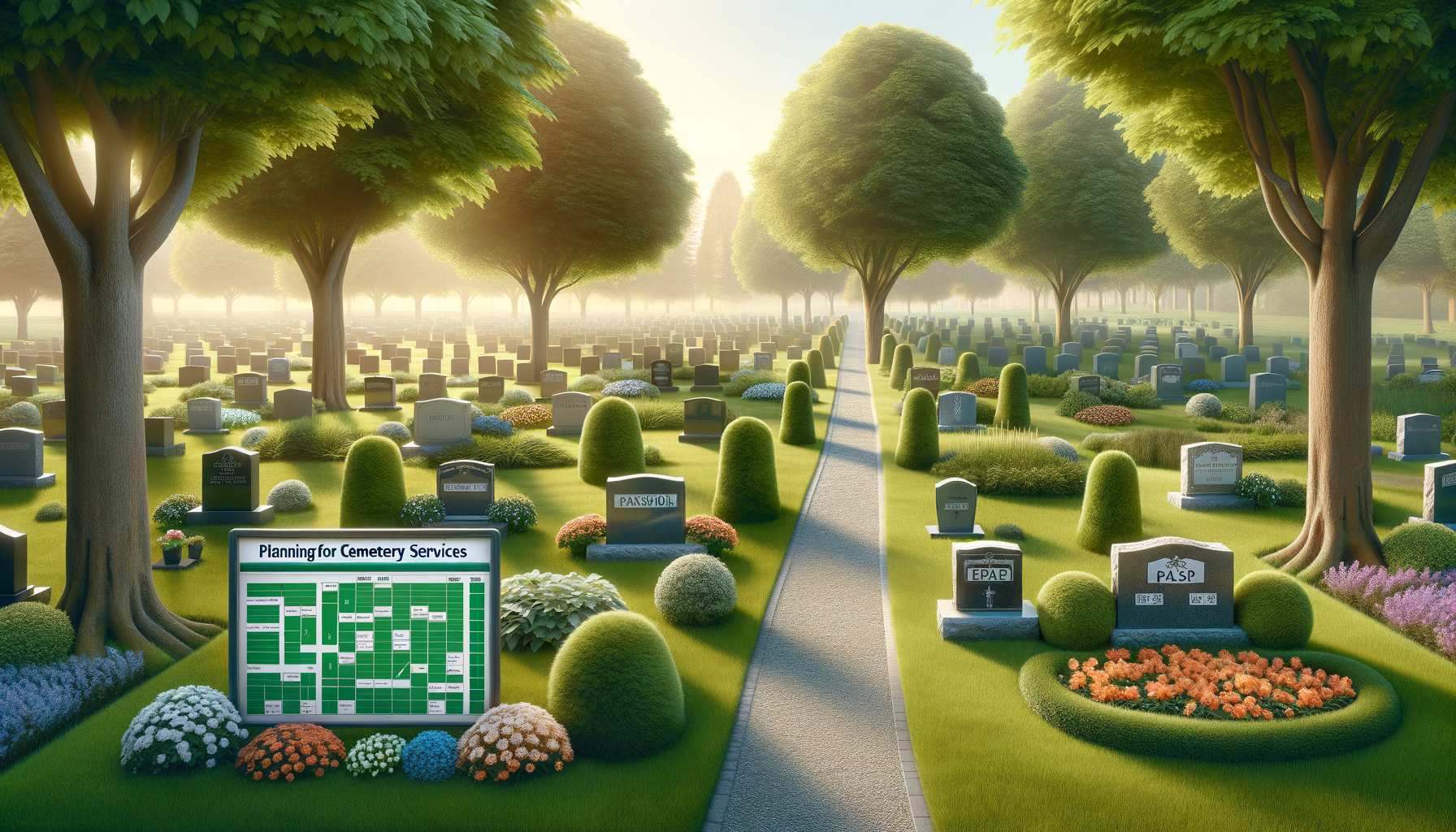The Historical Significance of Cemeteries
Cemeteries have been an integral part of human civilization for centuries, serving as sacred spaces where communities honor and remember their deceased. These grounds are not merely places for burial but are rich in history, art, and culture. From ancient burial sites to modern memorial parks, cemeteries reflect the evolving attitudes toward death and remembrance. Archaeological findings from ancient civilizations, such as the Egyptian pyramids or the elaborate tombs of the Chinese emperors, underscore the importance placed on the afterlife and the elaborate rituals associated with it.
In the Western world, cemeteries began to take on a more organized form during the Roman Empire, with designated areas outside city walls. The Middle Ages saw the rise of churchyards, where the deceased were interred in close proximity to places of worship. This practice was rooted in the belief that being buried near a church would aid the soul’s journey to the afterlife. Over time, as urbanization increased, the need for larger, more organized burial spaces led to the development of the garden cemetery movement in the 19th century. These cemeteries, such as Père Lachaise in Paris, were designed not only as places of burial but as public parks, offering a serene environment for reflection and remembrance.
Cultural Practices and Traditions
Cemeteries around the world reflect the diverse cultural practices and traditions associated with death and mourning. Each culture has its unique way of honoring the deceased, influenced by religious beliefs, social norms, and historical contexts. In Mexico, for instance, the Day of the Dead is a vibrant celebration where families gather in cemeteries to honor their ancestors with music, food, and colorful decorations. This tradition underscores the belief that death is a natural part of the life cycle and a time for joyous remembrance rather than sorrow.
In contrast, many Asian cultures, such as Japan and China, emphasize ancestor worship and the maintenance of family graves. Regular visits to cemeteries are common, where family members clean the gravesites and offer food and incense. These practices reflect a deep respect for ancestors and the belief in their ongoing influence in the lives of the living. Similarly, in Islamic traditions, cemeteries are simple and unadorned, reflecting the belief in equality in death and the transient nature of life. These cultural practices highlight the varied ways in which communities find meaning and comfort in their relationships with the deceased.
The Role of Cemeteries in Modern Society
In today’s fast-paced world, cemeteries continue to serve as vital spaces for individuals and communities to connect with their past. They offer a place for reflection, remembrance, and healing, providing solace to those who are grieving. Modern cemeteries have evolved to accommodate diverse needs, from traditional burial plots to eco-friendly options such as natural burials and cremation gardens. These alternatives reflect a growing awareness of environmental concerns and a desire for sustainable practices in all aspects of life, including death.
Moreover, cemeteries are increasingly recognized for their potential as cultural and historical landmarks. Many cemeteries host guided tours and educational programs, highlighting the stories of notable individuals interred within their grounds. This engagement with the public helps to preserve the historical and cultural significance of these spaces while fostering a deeper understanding of the past. In this way, cemeteries serve as living museums, offering insights into the lives and legacies of those who came before us.
Planning for the Future: Cemetery Services and Options
As individuals and families consider end-of-life arrangements, understanding the various cemetery services and options available is crucial. Planning ahead can alleviate the emotional and financial burden on loved ones, ensuring that one’s wishes are respected. Traditional burial remains a popular choice, with many cemeteries offering a range of plot sizes and locations. However, cremation is becoming increasingly common, with options for interment in columbariums or scattering in designated gardens.
For those seeking environmentally friendly alternatives, natural burials offer a way to return to the earth with minimal impact. These burials often take place in designated conservation areas, where biodegradable caskets or shrouds are used. Additionally, some cemeteries offer green burial sections, integrating sustainable practices into traditional settings. It’s important to research and visit potential cemeteries, considering factors such as location, services offered, and costs, to make an informed decision that aligns with personal values and preferences.
Conclusion: The Timeless Relevance of Cemeteries
Cemeteries hold a timeless relevance in society, serving as spaces for reflection, remembrance, and cultural expression. They bridge the gap between the past and present, offering insights into historical traditions and evolving attitudes toward death. As society continues to change, cemeteries adapt to meet the diverse needs of individuals and communities, providing a range of services and options that reflect contemporary values. By planning ahead and understanding the significance of these spaces, individuals can ensure that their legacy is honored in a manner that resonates with their beliefs and wishes.




Leave a Reply